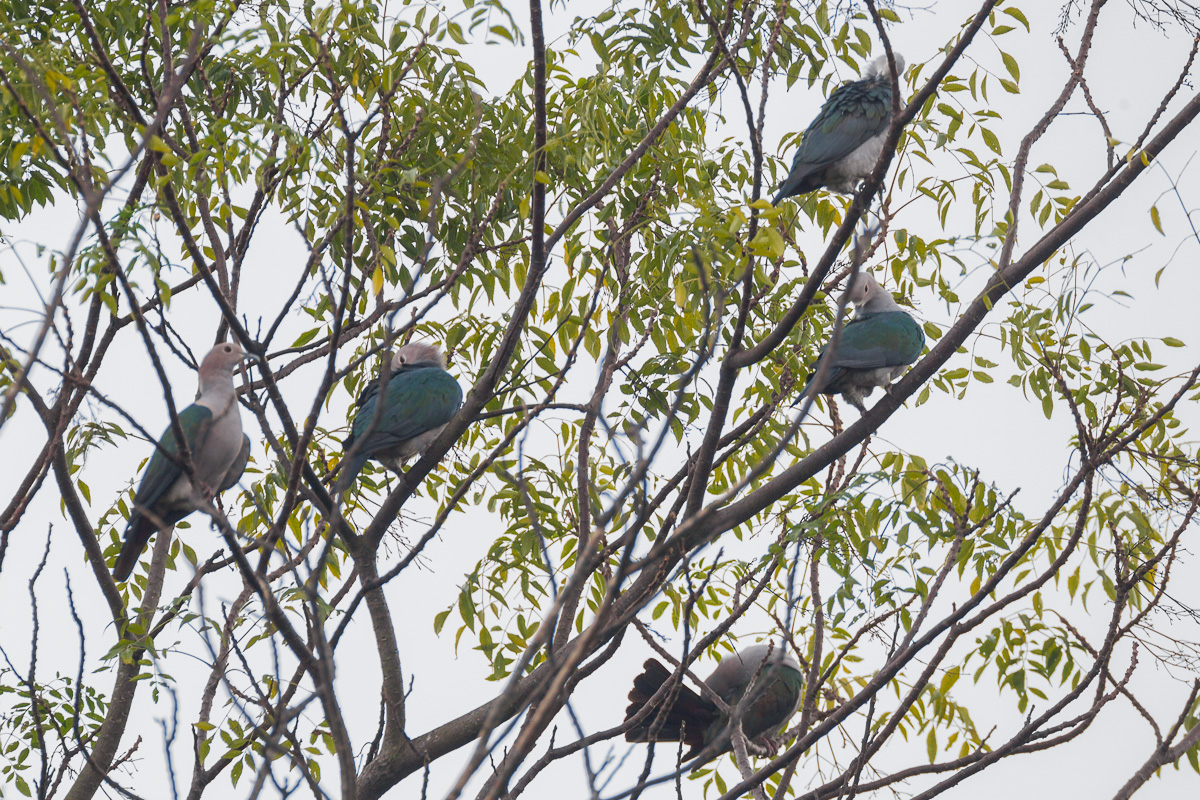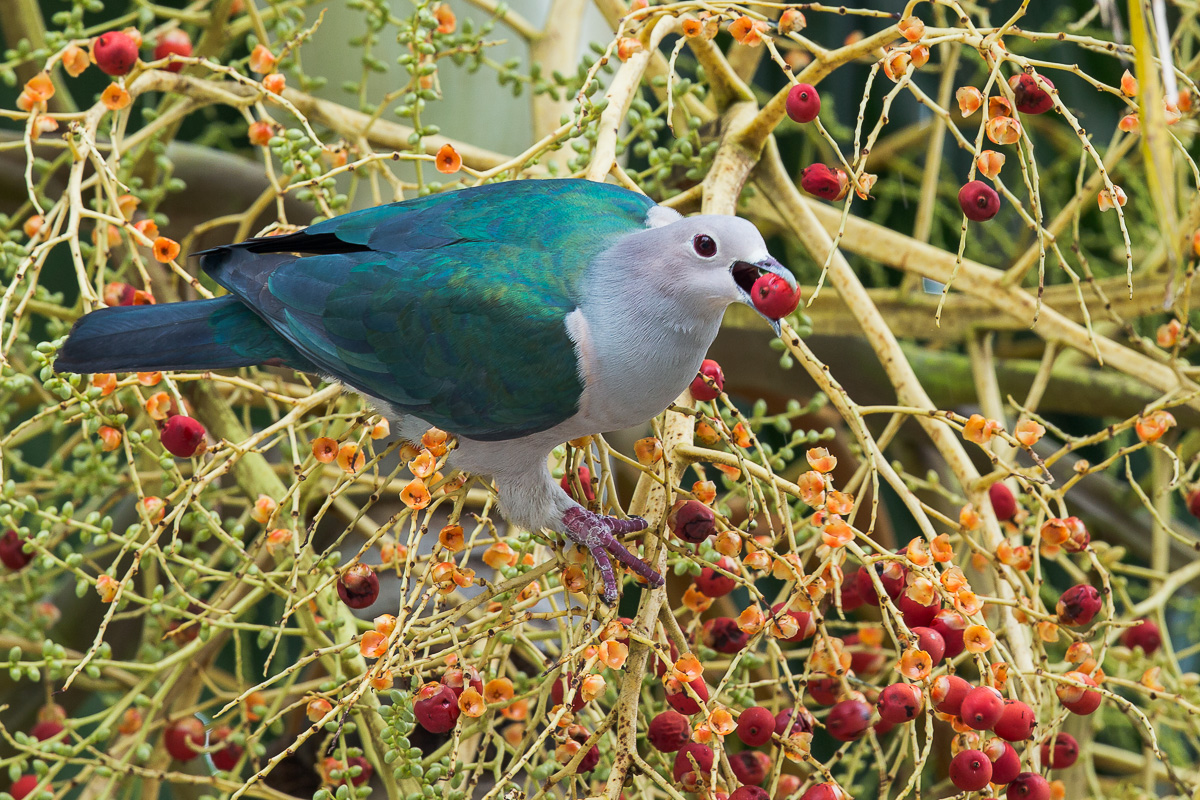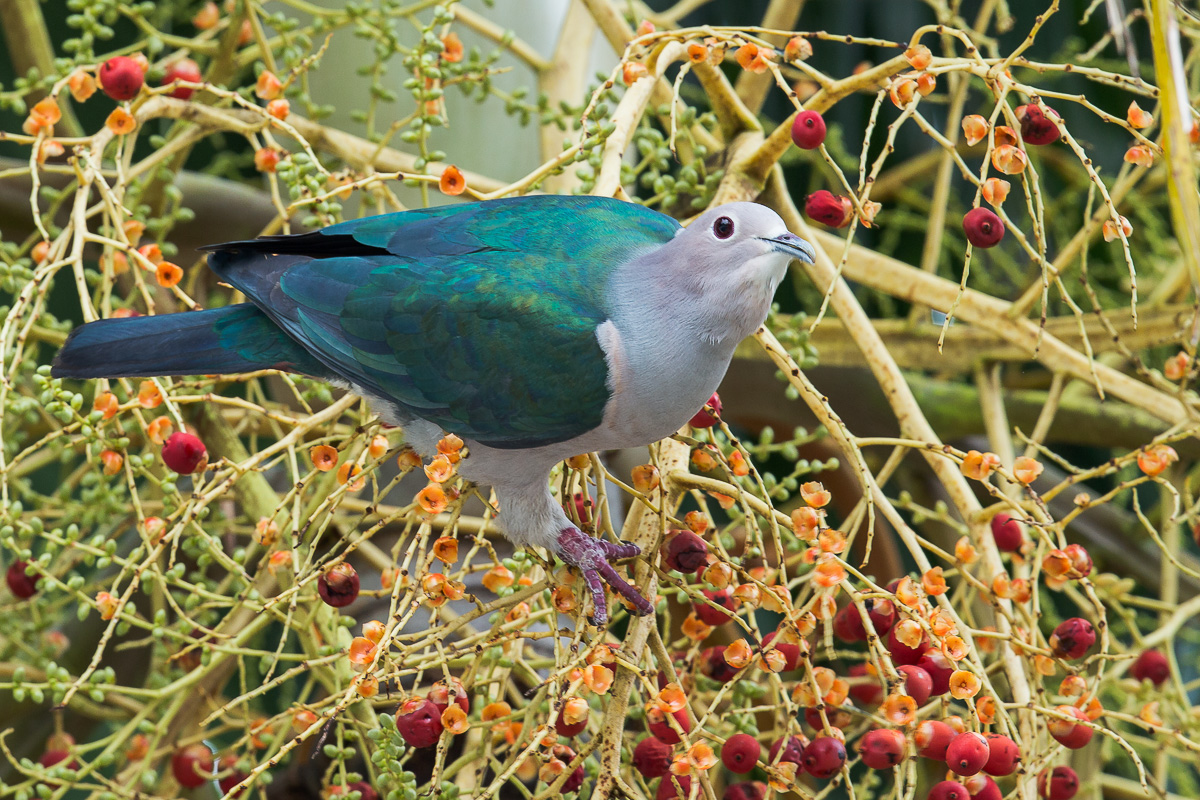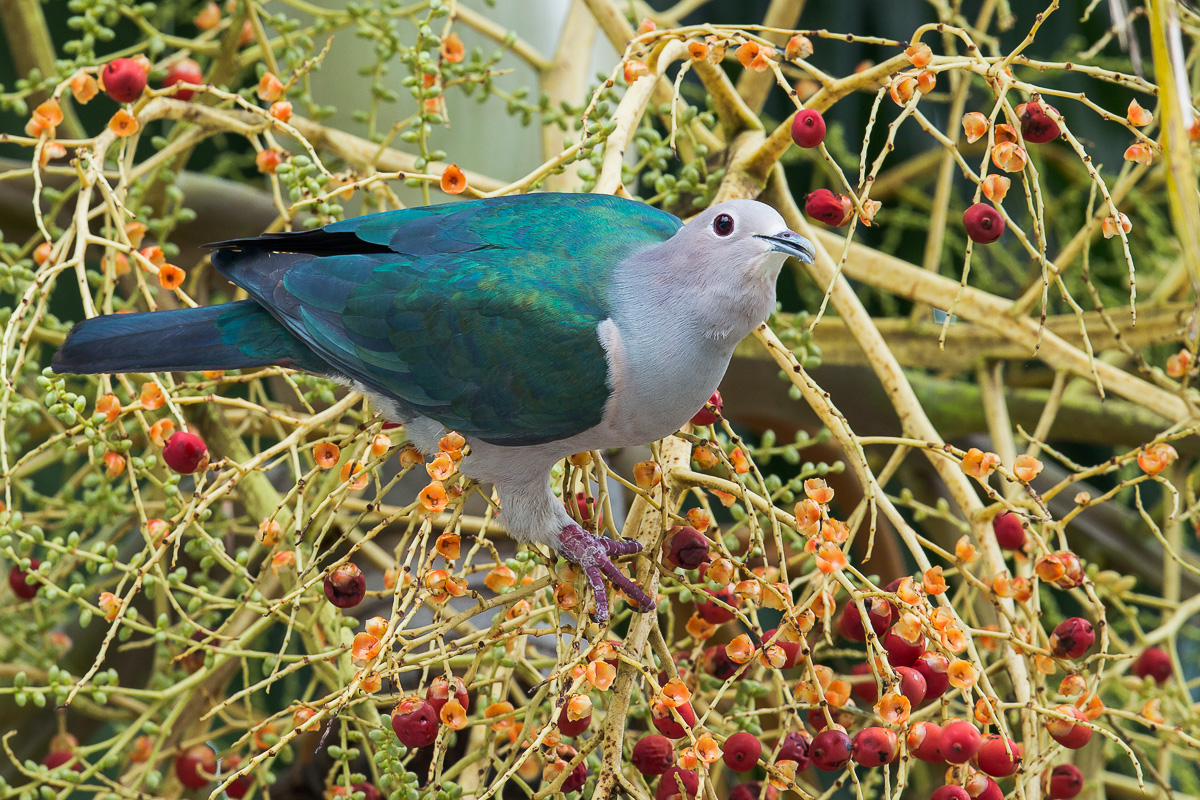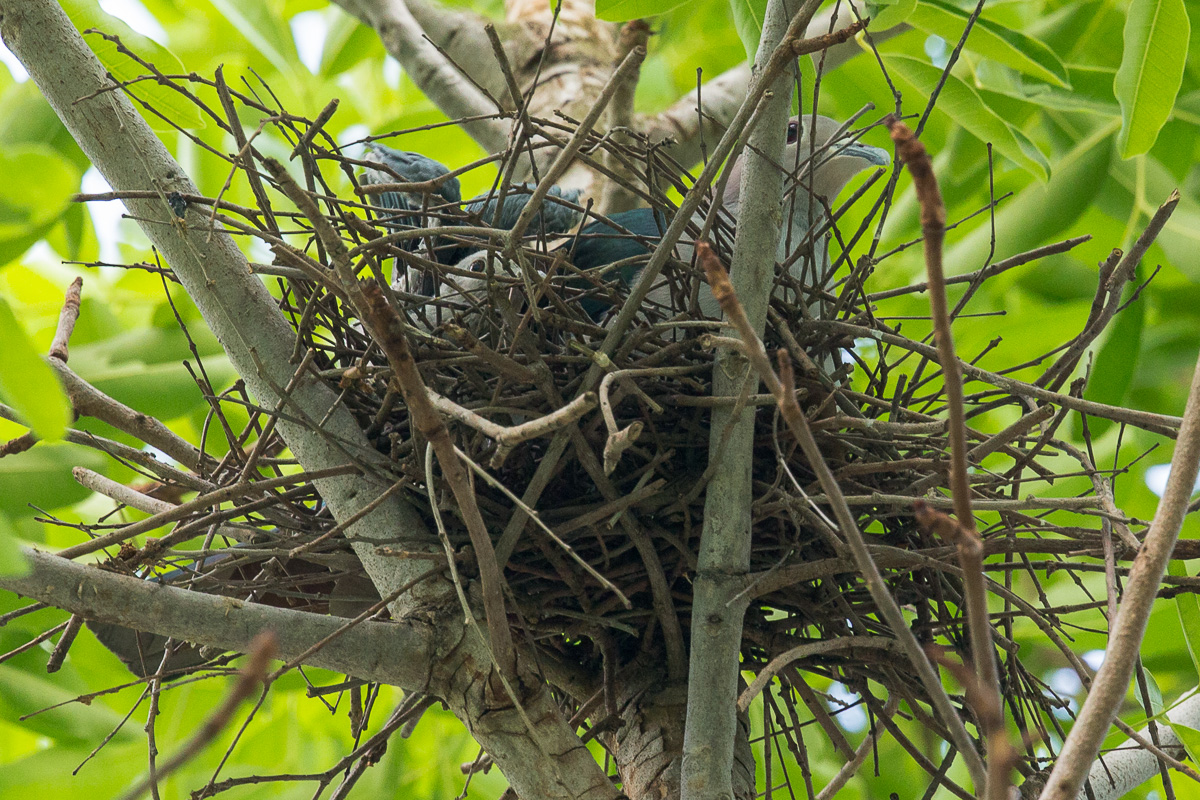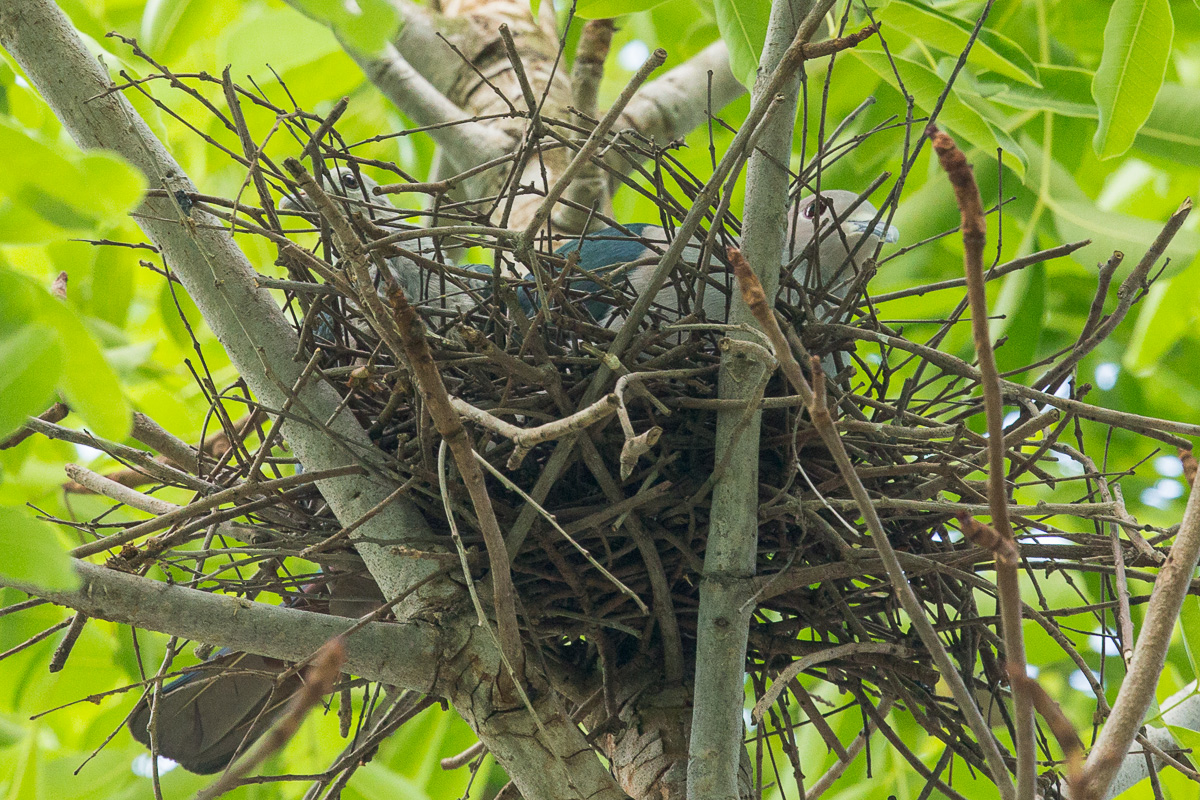In 2011, there was a disused plot of land at Tuas West Drive in Singapore that used to be a motorsport venue. Once abandoned, nature reclaimed it and it became a temporary grassland. That place was informally called Tuas grassland by those in the know.
As the grassland proliferated, birds and other creatures found the habitat useful. One species that came in was the Black-winged Kite (Elanus caeruleus), a handsome predator of small mammals and birds.
A family grew there and they became stars of the place with at least 2 broods raised. Many photographers went there specially to photographed them, including me.
Of course, all good things must come to an end somehow. The plot of land is now being developed and the habitat is gone.
Just wanted to share some pictures and videos that I took of the Black-winged Kites that used to populate it.
An adult having a meal of rat. The usual eat, wipe, poop and fly-away routine.

A juvenile awaiting food from it’s parent. There were 2 other juvenile birds and each have to fight for it’s own share.
An adult hunting sequence:

A typical hunting hover of a Black-winged Kite. Once it finds the prey with the use of it’s keen eyes, it will plunge down at high speed to catch and kill.

A successful hunt, with what looks like an unfortunate White-breasted Waterhen chick. By the time it takes flight, the waterhen is likely to have been killed as a live prey would be too hard for it to handle in-flight.

Settling down to a bare tree, it was rather unconcerned about my proximity. It proceeded to de-feather and eat the freshly killed prey as shown in the video below.
The video of a meal of juvenile waterhen.
